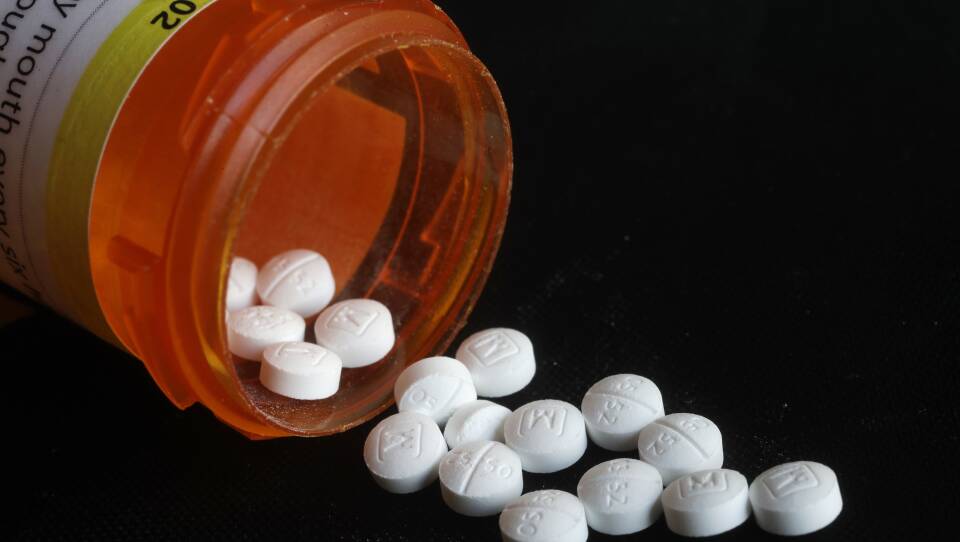There were 467 confirmed and estimated opioid-related overdose deaths of Massachusetts residents during the first three months of the year, according to preliminary data released during a meeting by the Public Health Council on Wednesday.
That's an estimated 5.7 percent decrease compared to the same period in 2019, when there were estimated to be 495 deaths.
"Overall, there has been an approximately 6 percent decline in the opioid-related overdose death rate since 2016," said Monica Bharel, commissioner of the Department of Public Health.
Bharel said fentanyl was detected in 94 percent of opioid-related overdose deaths with a toxicology screen in 2019. And although the presence of fentantyl in overdoses is trending upwards, Bharel said the opioid-related overdose death rate has relatively remained stable since 2016.
"From this trend, we know that we have seen the effect and the impact of the work we're doing, but we have to continue our coordinated effort on all fronts to limit the presence and impact of fentanyl and to address the opioid epidemic," she said.
According to data shown in the meeting, the opioid-related overdose death rates rose for Black non-Hispanic females, Black non-Hispanic males and Hispanic males in 2019. They were the only racial and ethnic groups whose death rates trended upwards last year.
"We see these inequities in our work and know trends like this are part of the reason that many are protesting now," Bharel said.
Several towns, including Somerville, Attleboro and Brockton, had notable increases in opioid-related deaths from 2018 to 2019. That means the difference in the number of deaths from one year to the next was 10 or more and 20 percent or higher in percent change.
Towns that saw a decrease included Worcester, Lowell and Taunton. Bharel said there were a number of reasons those communities saw rates drop down, including expanding acess to naloxone, continuing funding for access to medication for opioid use disorder for county houses of corection in Worcester and Lowell and expanding access to intervention programs for youth in Worcester.
"And I really hope that these kinds of maps allow individuals at the community level, where the real work is happening of engaging individuals in a local fashion, will help them to see what we can learn from each other," Bharel said.
Bharel also pointed out efforts the Department of Public Health has taken to combat substance abuse despite COVID-19. This included increasing access to naloxone and distributing over 22,000 naloxone kits, decreased barriers to care during the pandemic so far and supporting access continued access to medication for opioid use disorder, including expanded capacity for opioid treatment providers to have take-home medication.
"We've been working through our Bureau of Substance Addiction Services and throughout the department to support the substance abuse disorder treatment and recovery system during the COVID-19 pandemic as we know we must continue to address our opioid epidemic," she said.





